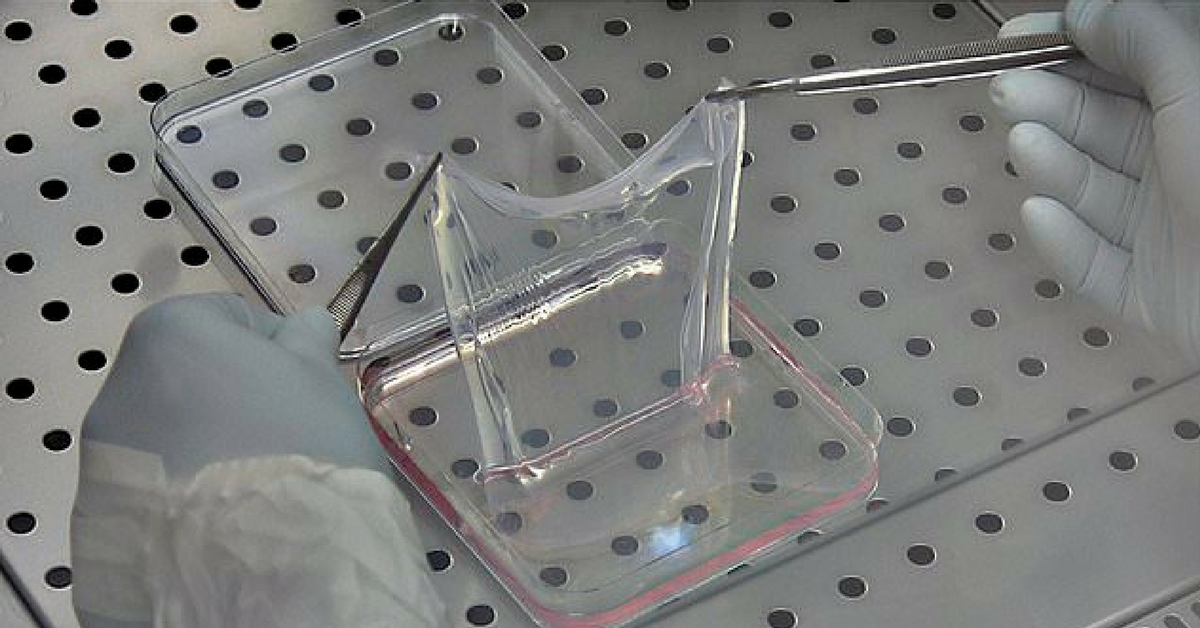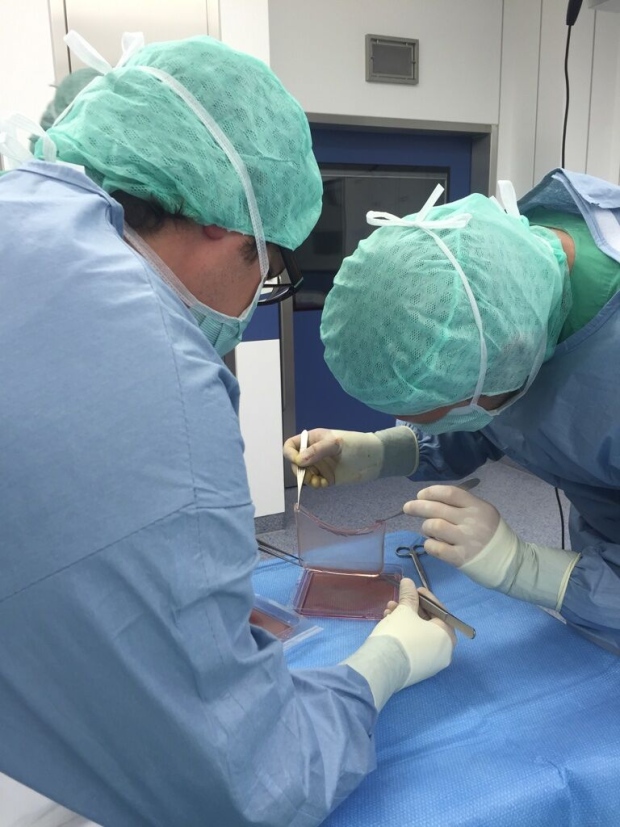A critically ill boy has been given a second chance at life following an experimental treatment for his incurable skin disease.
The unnamed young patient was 7years-old when he was hospitalized with severe blisters throughout his body. About 60 per cent of his outer layer of skin was destroyed and he was immediately placed in an induced coma.
According to the Associated Press, doctors at Children's Hospital at Ruhr University in Bochum, Germany used experimental gene therapy on the boy when the solutions of skin grafts and donor skin failed.
"We were forced to do something dramatic because this kid was dying," said Dr. Michele De Luca, who traveled from Italy to treat the young patient.
The parents were frantically searching for new treatment methods for their son who couldn't comprehend why he was suffering from junctional epidermolysis bullosa. The rare disease is caused by genetic mutations and causes the individuals to lose "critical proteins that attach the outer layer of the skin to the inner layer, resulting in fragile skin with almost constant blisters and open sores."
"He was in severe pain and asking a lot of questions," the boy's father said in a video provided by the hospital. "Why do I suffer from this disease? Why do I have to live this life? All children can run around and play, why am I not allowed to play soccer? I couldn't answer these questions."
Luckily the doctors found a solution.
In the lab, doctors were able to take a viable part of the boy's skin and used a virus to carry a healthy version of the bad gene into his skin cells. It created three square feet of gene-corrected skin grafts - produced by a small amount of long-lived stem cells - similar to how they would grow skin for burn victims.
It took three operations to completely transplant all the new skin, which covered 80 per cent of the boy's body.
Ten days after all the surgeries were completed, De Luca said they saw new skin beginning to grow and after eight months, almost all of the patient's skin was regenerated.
The boy was discharged from the hospital in February 2016 and returned to school the following month. While closely monitored, no problems have yet to be detected, and he's even back to playing soccer.
"He hasn't developed a single blister," De Luca told The Atlantic. "He's gaining weight. He's playing sports. He's got a normal social life."
Do you know anyone who's suffered from a rare condition?





